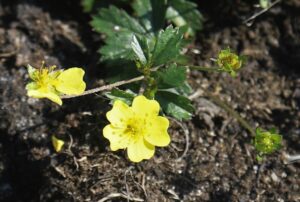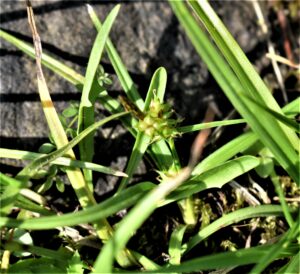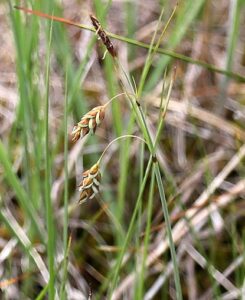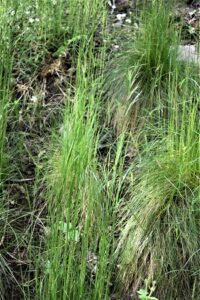2021 County Report for South Northumberland
John Richards Megs Rogers
Early in the year, a revised, updated and illustrated version of the vice-county RPR was published in Northumbrian Naturalist 90: 6-119, obtainable from the Natural History Society of Northumbria, Great North Museum: Hancock, Newcastle upon Tyne NE2 4PT.
Good progress has been made with creating new links with local organisations and community groups, and surveys of local sites at the request of the Northumberland Wildlife Trust have continued. Many Newcastle Parks have been surveyed for the new charity Urban Green Newcastle, resulting in re-finds of plants typical of ancient woodland. Regeneration sites of industrial areas and reclaimed meadowland have also been visited, and have yielded many interesting records.
Another new initiative within the county is habitat mapping which is going forward in conjunction with Natural England, the Natural History Society of Northumbria and local botanists.




